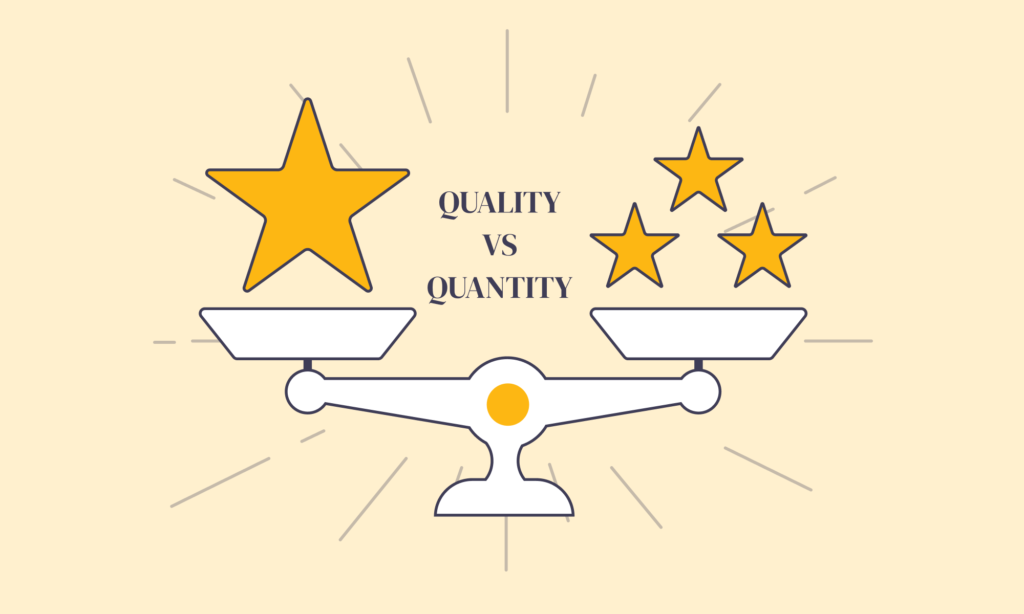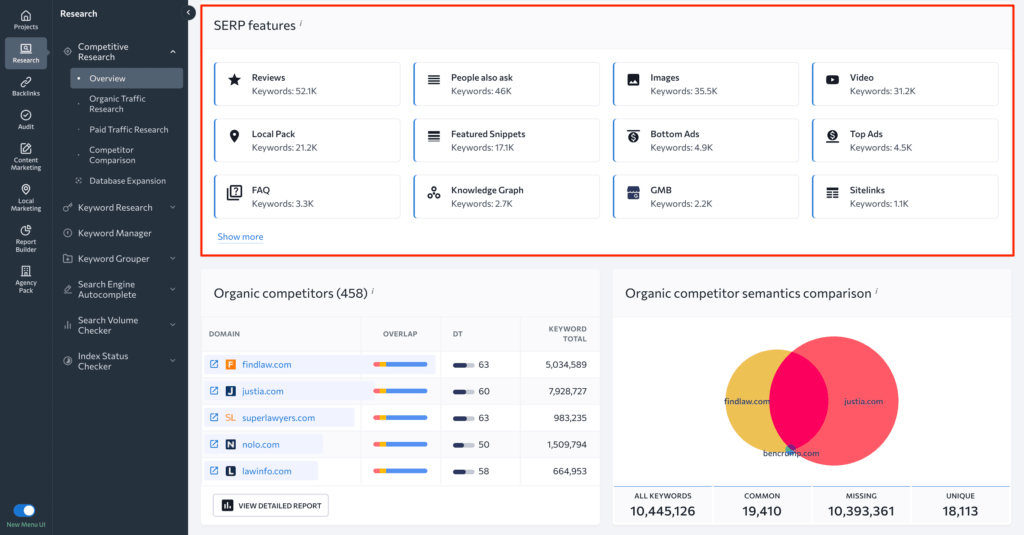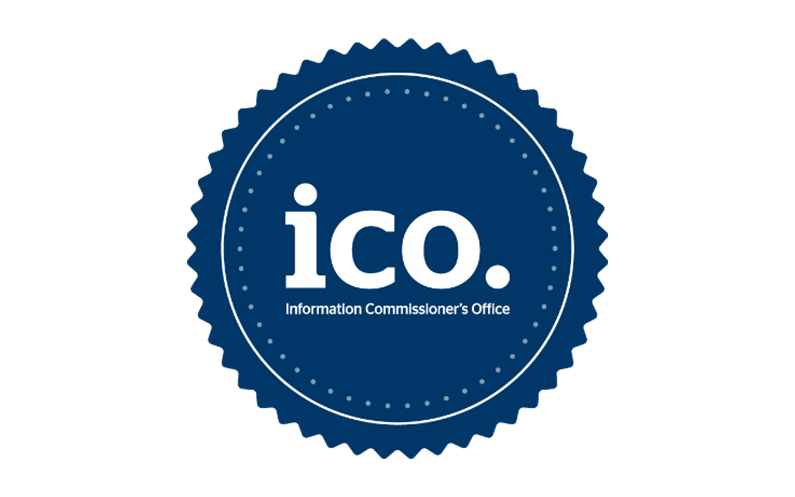In the ever-evolving landscape of SEO, we’ve gathered insights from CEOs and Marketing Managers to understand the significant changes in multimedia integration since 2020. From a pivot to human-exclusive content to enhanced user engagement with rich media, explore the top eight strategies that have reshaped the use of images and videos in content writing.
- Pivot to Human-Exclusive Content
- Support for UGC and Cross-Platform Content
- Optimized Images Boost SEO and Engagement
- Multimedia Optimization Enhances SEO Performance
- Quality Over Quantity in Content Strategy
- Video Integration in SERP Rankings
- Multimedia for Securing Featured Snippets
- Enhanced User Engagement with Rich Media
Table of Contents
TogglePivot to Human-Exclusive Content

In 2024, marketing is a tough game. Never before have we faced a challenge like the AI boom. AI has destroyed what marketers knew to be ‘normal.’ For decades, we stuffed keywords into page optimization and clawed for backlinks. Now, AI can write more content faster and more accurately than any human can keep up with. Even the best of us, like HubSpot, notice dips in their organic traffic. But there is hope for us, and even yet, we marketers are resilient! By rolling with the punches, we can continue to create great content that reaches our audience; we just have to get creative.
One way my team stays creative now is by pivoting to human-exclusive content mediums. For example, AI can write blog articles, meaning blogging is not a human-exclusive medium. Long-form videos, like those on YouTube, on the other hand, cannot be replicated by AI. By pivoting to these channels, we separate ourselves from the AI noise. Even if we don’t see the same traffic by volume, we know we are hitting our target audience. We also know that there is no doubt in the viewer’s mind that we are a genuine and reputable source of information on the subject.
Marketing is different than it has ever been, and it will continue to change. Stay tuned, marketers; the future is bright!
Jacob Schmeichel, Product Marketing Manager, Venn Technology
Support for UGC and Cross-Platform Content
We’re definitely seeing a greater degree of support for UGC and cross-platform content in a bid to display E-E-A-T and a broader brand behind a website.
With the latest Google updates, publishers are scrambling to prove that they’re covering all bases in terms of displaying their expertise and proving their brand authority, and it’s something that we’ll likely see beyond 2024.
Gary Warner, Marketing Manager, Joloda Hydaroll
Optimized Images Boost SEO and Engagement
One notable change is the growing importance of optimized images for SEO. Between 2020 and 2024, the use of high-quality, contextually relevant images has become more integral to content strategies. At our company, we’ve observed that properly optimized images, with descriptive file names, alt text, and captions, contribute significantly to improved search engine rankings and user engagement.

The development of visual search technologies, like Google Lens, has further emphasized the need for image optimization. This means that beyond just adding images, it’s crucial to ensure they are relevant and properly tagged to improve discoverability.
Image sitemaps and structured data have also become essential tools in making images more accessible to search engines. As the visual web continues to expand, the role of images in SEO content writing has grown substantially, making visual optimization a critical aspect of digital marketing.
Marc Bishop, Director, Wytlabs
Multimedia Optimization Enhances SEO Performance
I’ve noticed that between 2020 and 2024, the integration of multimedia, like images and videos, in SEO content writing has become much more critical for improving search rankings and user engagement. Search engines have become better at indexing and understanding multimedia content, which means high-quality images and videos can significantly boost a page’s SEO performance.
Adding descriptive alt text to images and transcribing videos not only enhances accessibility but also helps search engines understand and rank this content. Multimedia elements also tend to keep visitors on the page longer, reducing bounce rates and signaling to search engines that the content is valuable. This shift emphasizes the need for multimedia to be optimized just as thoroughly as written content for better SEO results.
Quality Over Quantity in Content Strategy
One notable difference between 2017 and 2024 in balancing quality and quantity in blog/web content is the shift towards prioritizing quality over quantity. In 2017, the emphasis was often on producing a high volume of content to increase visibility and SEO rankings.

By 2024, the focus has shifted to creating fewer, but more in-depth, high-quality pieces that provide genuine value to readers. This change is driven by evolving search engine algorithms favoring comprehensive, authoritative content and a growing audience demand for more informative and engaging material.
Inge Von Aulock, CEO, Top Apps
Video Integration in SERP Rankings
Getting videos to rank can be just as important as getting content ranked in today’s day and age. Videos not only make information easier to digest, but they can also improve user engagement metrics.
They can appear in a number of different ways on the SERPs, including video snippets and featured video results. For a video to be indexed by Google and served on Search Engine Result Pages (SERPs), the video player needs to be crawlable.

If you’re thinking of including videos in your content strategy, it’s recommended that you embed videos near the top of the page, because this gives them the best chance of being indexed. You can always use Google Search Console and their “Video Pages” indexing section to see whether your videos are being indexed or not.
Joe Worgan, Search Engine Optimization Executive, Infinity Nation
Multimedia for Securing Featured Snippets
One notable change from 2020 to 2024 is how multimedia is used in securing featured snippets. Including relevant images or videos in your content can increase your chances of being featured in these prime SERP spots.
Using schema markup to tag your multimedia content helps search engines display it effectively in featured snippets, boosting visibility and driving more traffic to your site.
Marco Genaro Palma, Freelance CMO and SEO Consultant, GenaroPalma.com
Enhanced User Engagement with Rich Media
One of the most significant changes I’ve noticed is the increased emphasis on multimedia for enhancing user engagement and dwell time on a page. Since 2020, search engines have grown even more sophisticated in recognizing and rewarding content that offers a rich user experience.
Videos, infographics, and interactive media have become essential, not just for user retention but also for improving SEO rankings. The integration of these elements has been increasingly tied to algorithmic signals related to user engagement metrics, pushing us to create more visually appealing and interactive content that captures and holds audience attention.
Jason Hennessey, CEO, Hennessey Digital

